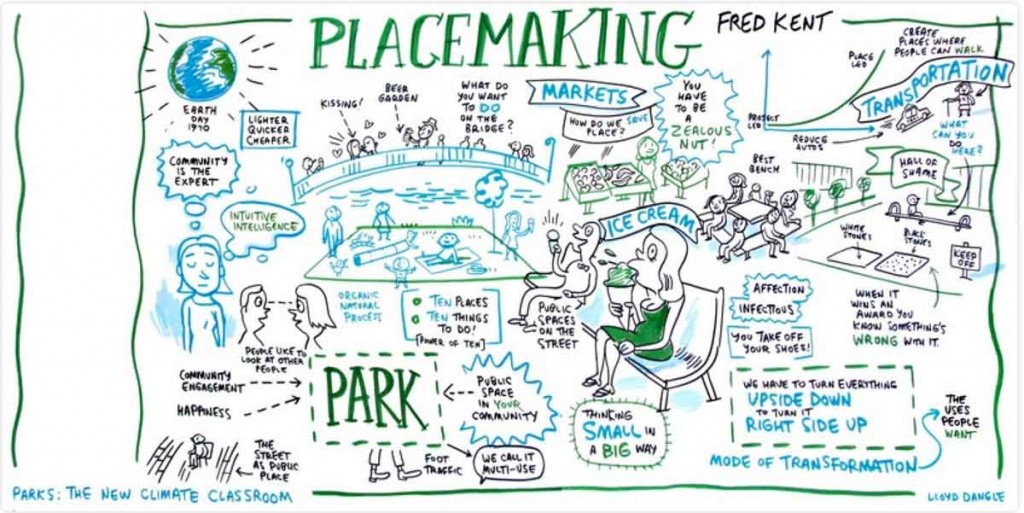
Placemaking is a multi-faceted approach to urban planning that involves creating public spaces and designing them in a way that encourages people to gather, interact, and enjoy the space. It is an approach that emphasizes the importance of creating high-quality public spaces that are accessible, safe, and welcoming to people of all ages, backgrounds, and abilities.
Placemaking involves a range of activities, including (1)community engagement, (2)urban design, (3)public art, and (4)landscape architecture. The goal of placemaking is to create public spaces that are vibrant, livable, and enjoyable for people to spend time in. This can include parks, streetscapes, plazas, and other public spaces.
Placemaking is not just about creating physical spaces, but also about fostering a sense of community and social interaction. It involves engaging with local residents, businesses, and other stakeholders to understand their needs and preferences, and involving them in the design and development of public spaces.
Placemaking is an important aspect of urban planning because it can help to revitalize urban areas, promote social cohesion, and improve the quality of life for residents. It can also have economic benefits, such as attracting visitors and businesses to the are
